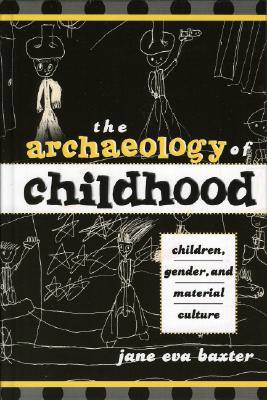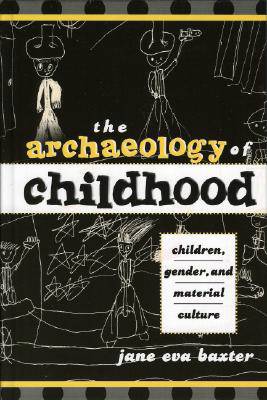
- Afhalen na 1 uur in een winkel met voorraad
- Gratis thuislevering in België vanaf € 30
- Ruim aanbod met 7 miljoen producten
- Afhalen na 1 uur in een winkel met voorraad
- Gratis thuislevering in België vanaf € 30
- Ruim aanbod met 7 miljoen producten
Zoeken
€ 129,95
+ 259 punten
Uitvoering
Omschrijving
The study of children and childhood in historical and prehistoric life is an overlooked area of study that Jane Baxter addresses in this brief book. Her timely contribution stresses the importance of studying children as active participants in past cultures, instead of regarding them mainly for their effect on adult life. Using the critical concepts of gender and socialization, she develops new theoretical and methodological approaches for the archaeological study of this large but invisible population. Baxter presents examples from the analysis of toys, miniatures, and other objects traditionally associated with children, from the gendered distribution of activity space, from the remains of children-as-apprentices, and from mortuary evidence. Baxter's work will aid archaeologists bring a more nuanced understanding of children's role in the historical and archaeological record.
Specificaties
Betrokkenen
- Auteur(s):
- Uitgeverij:
Inhoud
- Aantal bladzijden:
- 160
- Taal:
- Engels
- Reeks:
Eigenschappen
- Productcode (EAN):
- 9780759103313
- Verschijningsdatum:
- 18/01/2005
- Uitvoering:
- Hardcover
- Formaat:
- Genaaid
- Afmetingen:
- 156 mm x 237 mm
- Gewicht:
- 362 g

Alleen bij Standaard Boekhandel
+ 259 punten op je klantenkaart van Standaard Boekhandel
Beoordelingen
We publiceren alleen reviews die voldoen aan de voorwaarden voor reviews. Bekijk onze voorwaarden voor reviews.











